#birds of the Caribbean
Text
BOTD: Cape May Warbler

Photo: Larry Hubble
"Many of our migratory warblers seem to lead double lives, and the Cape May is a good example. It summers in northern spruce woods, but winters in the Caribbean, where it is often seen in palm trees. In summer it eats insects, but during migration and winter it varies its diet with nectar from flowers and with juice that it obtains by piercing fruit. Birders easily recognize the tiger-striped males in spring, but drab fall birds can be perplexing."
- Audubon Field Guide
#birds#cape may warbler#birds of north america#north american birds#warblers#passerines#birds of the us#birds of central america#birds of the caribbean#birding#bird watching#birdblr#birblr#bird of the day#Setophaga tigrina
43 notes
·
View notes
Text
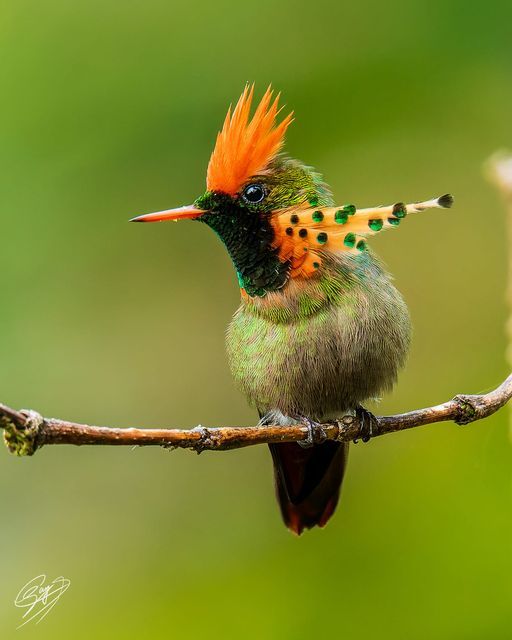
Tufted Coquette (Lophornis ornatus), male, family Trochilidae, order Apodiformes, Trinidad
photograph by Ajay Rampersad
1K notes
·
View notes
Text

BIRD
#I COULDNT RESIST MAKING A GHOST BIRD EVERYBODY SEEMS TO HAVE ONE KDHGFJKHDSAGFJHFD#billie bust up#billie bust up oc#bbu#bbu oc#original character#oc#character design#flamingo#specifically hes a caribbean flamingo#my oc#sindrakart#valentino#will i ever draw him again. who knows!
160 notes
·
View notes
Text









French West Indies (Antilles Françaises). Photos by Eloïse & Luc.
164 notes
·
View notes
Text
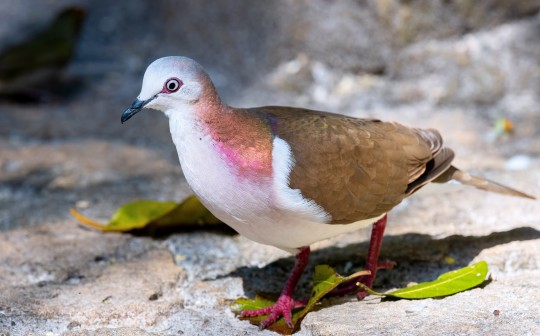
[2085/11056] Caribbean dove - Leptotila jamaicensis
Order: Columbiformes (pigeons and doves)
Family: Columbidae
Photo credit: Shailesh Pinto via Macaulay Library
419 notes
·
View notes
Text

for an example of said photography: flamingos
side note, why don't more people draw sauropods doing the Flamingo Thing with their heads
86 notes
·
View notes
Text

Yeah, everyone's looking for their lost Lenore these days. Have you ever heard 'Quoth the crow'? I didn't think so.
White-necked Crow (Corvus leucognaphalus)
island of Hispaniola (Haiti and Dominican Republic)
Status: Vulnerable
#crow#corvid#bird#bird art#birdlr#birds#artists on tumblr#north america#caribbean#hispaniola#haiti#dominican republic
32 notes
·
View notes
Text


Arrowhead warbler (Setophaga pharetra) in Saint Andrew, Jamaica. Photo by Kevin Berkoff.
44 notes
·
View notes
Text


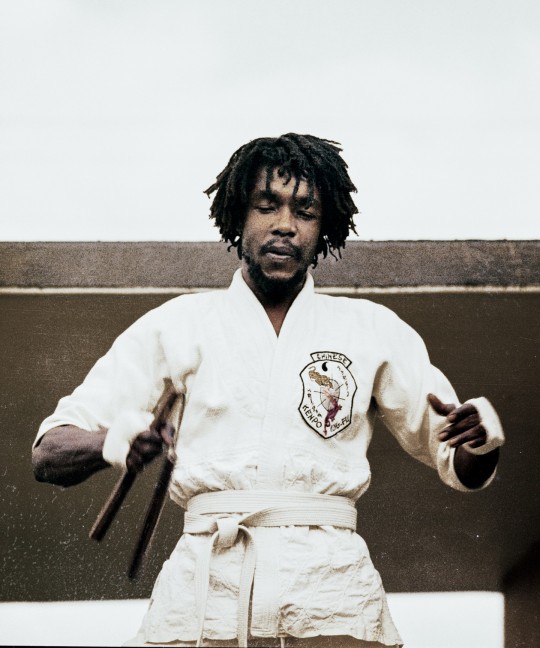
Peter Tosh showing off his kung-fu outside of his home. 1975
Photographer: Lee Jaffe
Location Of Photograph: Spanish Town, Jamaica. XX/XX/75
#peter tosh#reggae#music#rasta#jamaica#karate#70s#1975#spanish town#caribbean#bird#rare#herb#weed#roots#rastafari#songwriter#jah#high quality#cannabis#pot#smoke#tosh
41 notes
·
View notes
Text
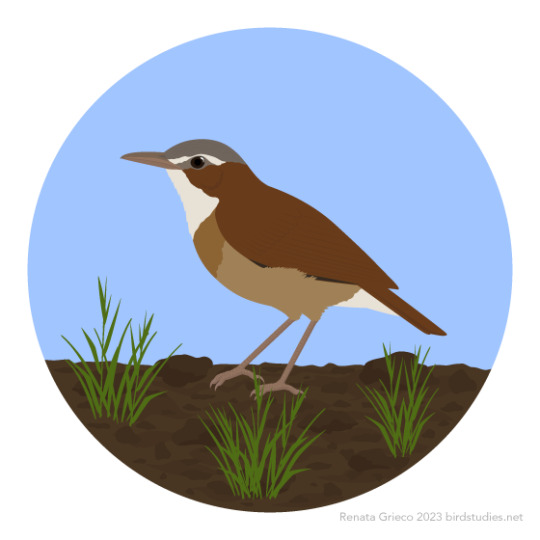
November 9, 2023 - Caribbean Hornero (Furnarius longirostris)
Found in parts of Colombia and Venezuela, these ovenbirds live in open habitats, often near water. They eat arthropods and other invertebrates, picking food from the ground, usually foraging alone or in pairs. Though relatively little is known about their breeding habits despite how common they are, they build oven-shaped mud nests on tree branches where females lay clutches of two eggs.
50 notes
·
View notes
Text
BOTD: Red-tailed Hawk

Photo: Kent Ross
"This is the most widespread and familiar large hawk in North America, bulky and broad-winged, designed for effortless soaring. An inhabitant of open country, it is commonly seen perched on roadside poles or sailing over fields and woods. Although adults usually can be recognized by the trademark reddish-brown tail, the rest of their plumage can be quite variable, especially west of the Mississippi: Western Red-tails can range from blackish to rufous-brown to nearly white."
- Audubon Field Guide
#birds#red tailed hawk#birds of north america#north american birds#hawks#raptors#birds of prey#birds of the us#birds of canada#birds of mexico#birds of central america#birds of the caribbean#birding#birdblr#birblr#bird of the day#bird watching#Buteo jamaicensis
181 notes
·
View notes
Text

Trinidad Piping Guan or Pawi (Pipile pipile), male, family Cracidae, order Galliformes, Trinidad
CRITICALLY ENDANGERED.
photograph by Rainer (@raining_rainers)
#piping guan#guan#pipile#cracidae#galliformes#bird#ornithology#animals#nature#caribbean#south america
623 notes
·
View notes
Text
[T]he infamous Diable (Devil’s Island) [French prison in Guiana, South America] [...]. Seventy thousand convicts were sent to French Guiana between 1852 and 1938. [...] Alongside deportation of political prisoners [...], a [...] convict population [...] was sent to the bagne (common parlance for the penal colony) [...] as a utopian colonial project [...] via the contribution convict labour would make towards colonial development in French Guaina. However, [...] French Guiana [...] was predominantly used as a depository for the unwanted citizens of France and its colonies. The last remaining French and North African convicts were repatriated in 1953, whereas the last Vietnamese prisoners were not given passage home until 1954 [...].
[T]he same form of built environment and carceral technology [...] structures found on Con Dao [French prison in Vietnam] and [the French prison in Guiana] [were] built at almost the same time [...] to house the same convict populations (Vietnamese implicated in anticolonial struggles) [...]. Old world colonialism is thus displaced by new world imperialism. Both rely on the prison island and its cellblocks. [...]
---
The carceral continuities [...] throughout France’s penal colonies are supplemented by legal exceptionalism which works to redefine colonial subjects within shifting political contexts. [...] Many of the Indochinois convicts transported to the forest camps of French Guiana in 1931, including the Bagne des annamites, had originally been classed as political prisoners. The transfer was intended in part [...] to remove a number of anticolonial actors from Indochina. [...]
As political deportees sent to French Guiana were usually exempt from labour according to the political decree of 1850, this status had to be revoked to ensure the maximum labour force possible.
Consequently, those arrested on suspicion of specific acts of violence or property damage were reclassed as common criminals. Described by Dedebant and Frémaux (2012, 7) as “little arrangements between governors,” this was not simply a sleight of hand but written into legal codes. [...]
---
[M]any of the Vietnamese sent to French Guiana had to wait until the 1960s to be repatriated. [...] After their sentences were completed, convicts were not simply repatriated to France or other colonies.
A system of “doublage” intended to shore up colonial development meant they had to serve the same length of their sentence again on the colony. For those condemned to eight years or more, this became life. Opportunities for sustainable livelihood were limited in a territory possessing swathes of free convict labour. Worn out and sick from their time in the bagne, most of these men were unfit to work and relied on charity to survive. [...]
[T]he last living convict [of the Guiana penal colony] [...] died in Algeria in 2007 after being repatriated to Annaba. In an interview given in 2005, he claims that every night he dreams he is back in Cayenne: “when I think about it, I get vertigo, I spent my life there” [...].
---
All text above by: Sophie Fuggle. "From Green Hell to Grey Heritage: Ecologies of Colour in the Penal Colony". Interventions: International Journal of Postcolonial Studies Volume 24, Issue 6. 2022. Published online 8 April 2021. [Bold emphasis and some paragraph breaks/contractions added by me. Presented here for commentary, teaching, criticism purposes.]
#just arrest the activists and send them to the prison labor camp oh wait we arent technically legally allowed to force them to work#then just reclassify them not as political prisoners but instead as general criminals and then we can force them into slavery i mean labor#oh no wait now they finished serving their sentence and we cant force them into labor anymore#wait yes we can just change more rules so they cant go back home and have to work nearby#two or three or four birds with one stone#ecology#abolition#landscape#colonial#imperial#indigenous#multispecies#haunted#caribbean#tidalectics#archipelagic thinking#intimacies of four continents#carceral geography#geographic imaginaries
51 notes
·
View notes
Photo
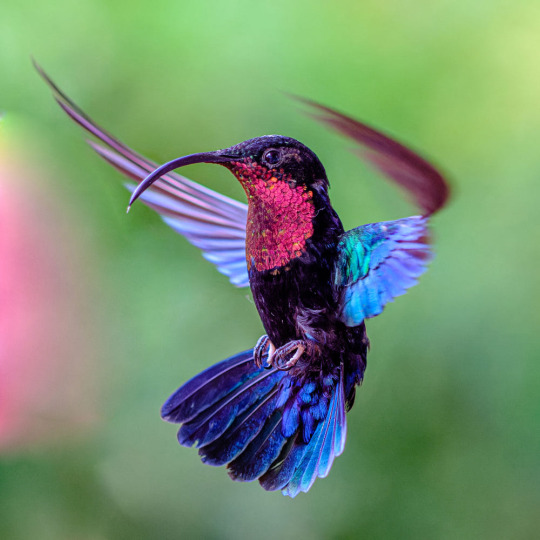
Hummingbird in flight, Martinique
831 notes
·
View notes
Text
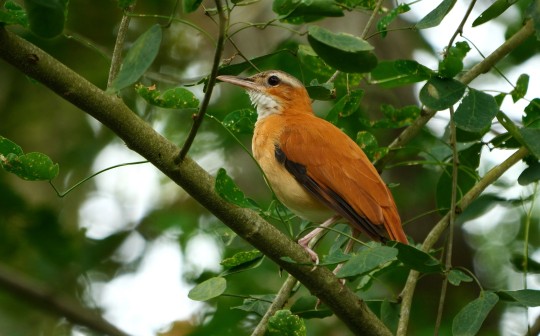
[2087/11056] Caribbean hornero - Furnarius longirostris
Note: Clements considers this species to be a subspecies of the pale-legged hornero, F. leucopus.
Order: Passeriformes
Suborder: Tyranni
Family: Furnariidae
Photo credit: Josep del Hoyo via Macaulay Library
#birds#Caribbean hornero#Passeriformes#Tyranni#Furnariidae#Furnarius#birds a to z#described#pale-legged hornero
103 notes
·
View notes
Text

Next up! I’m very excited to finally be in the headspace for this one.
98 notes
·
View notes